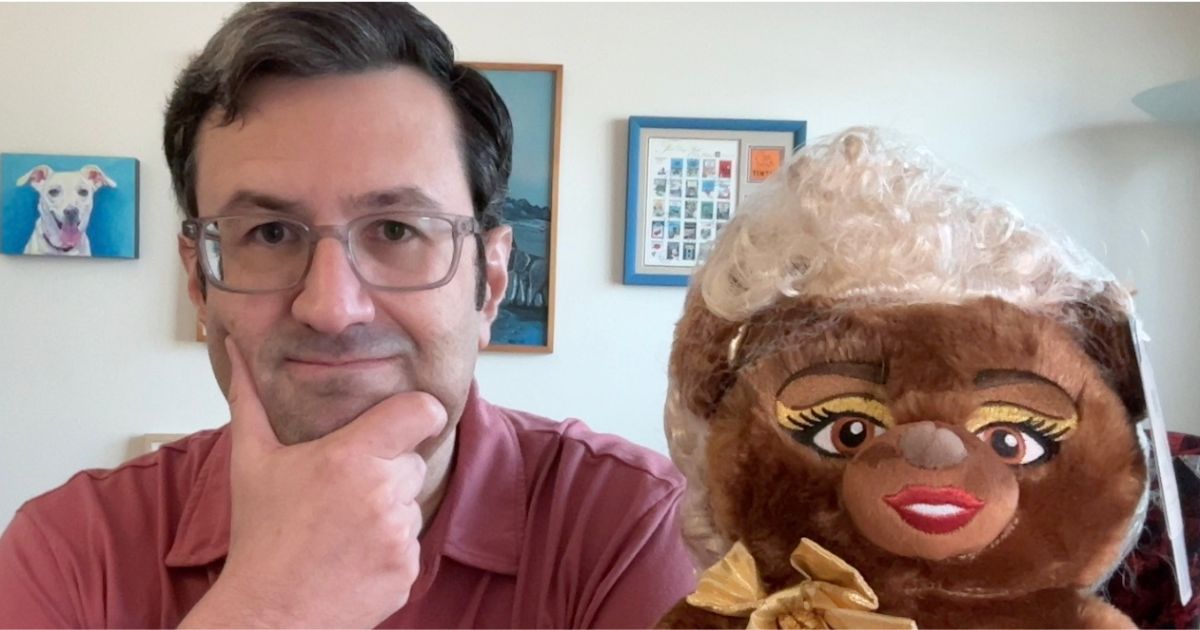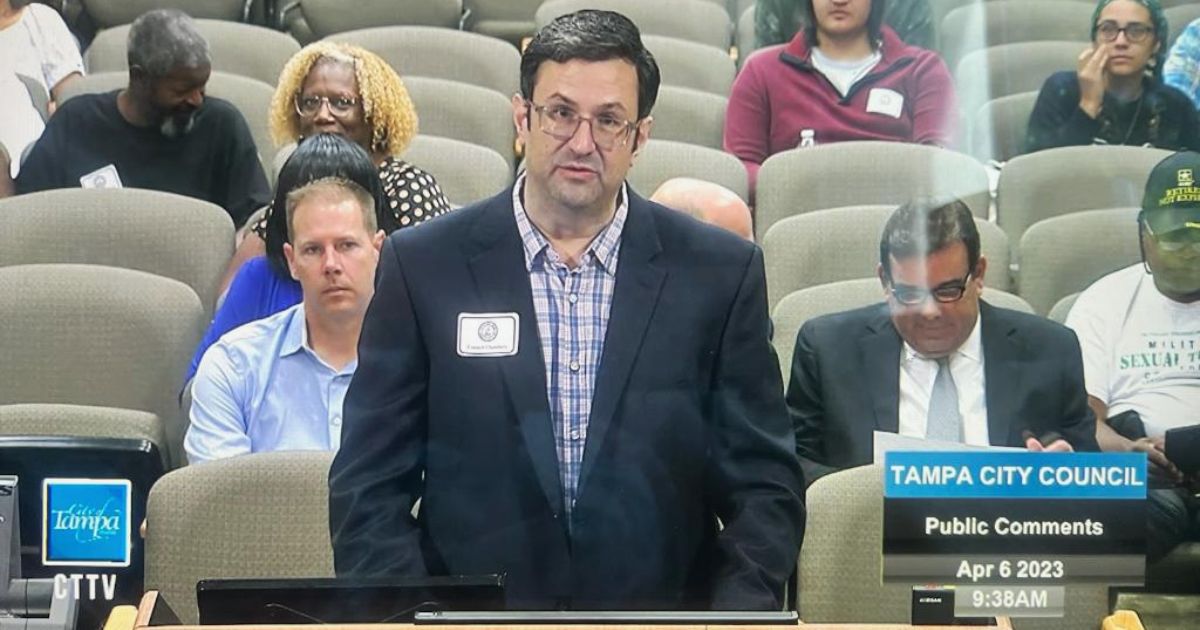This is adapted from a LinkedIn post.
When my boss, Ben, signed into our Teams meeting yesterday, he didn’t see me. He saw a limited edition RuPaul teddy bear (thank you Build-A-Bear) sitting where I should be.
He cracked up. I moved the bear. Being gay men, we were legally obligated to discuss this season of Drag Race. And then we got down to work (email drips and ABM campaigns, if you’re interested).
I waited decades for that moment.
I was a journalist when I came out professionally in the mid-1990s, and my editors told me to keep my mouth shut — usually subtly, but occasionally overtly. Once, I pinned a postcard-sized rainbow flag to my cubicle wall. The publisher took it down and told me it was inappropriate.
Even though leadership didn’t like me being out, many of my coworkers expressed their support and became allies. (Special shout-out to Carolyn, who remembers more about my coming out at work than I do!) I realized how healthy and reaffirming it was to be my authentic self in the office.
An aside: Over dinner a few days ago, Carolyn reminded me how I came out to her. “You told me, ‘After many years of trying to deny the truth with Ben & Jerry’s and Oreos, I have realized I’m gay.’” I had forgotten that.
Stepping Into No One’s Shoes
Since I didn’t know any out LGBTQ people in the workplace, I had no mentors to help me navigate my challenges and celebrate my successes. I recently came across this quote from Richie Jackson that captures what I felt: “Each place where you look and fail to find yourself reinforces the fact that you don’t exist, that you aren’t worthy, that you don’t belong.”
I committed to becoming the type of role model I wished I had — someone visible and honest. I wanted to show others they could bring their whole selves to work. It was a risk, and there’s no doubt it held me back professionally. But I’ve helped many other LGBTQ people gain the confidence, support, and strength to come out at work — sometimes by talking to me, and other times through my example. That’s more valuable than a dozen promotions and a fat paycheck. I wouldn’t change a thing.
Moving Up and Speaking Out
At my next job — a major metropolitan daily — most of my coworkers were supportive, but a few of the editors were not. I still remember how I came out to my fellow reporters. We were trading stories about terrible first dates, and mine was about a guy named Marty who asked to borrow my car. There was a brief moment of confusion, followed by years of inclusion and allyship.
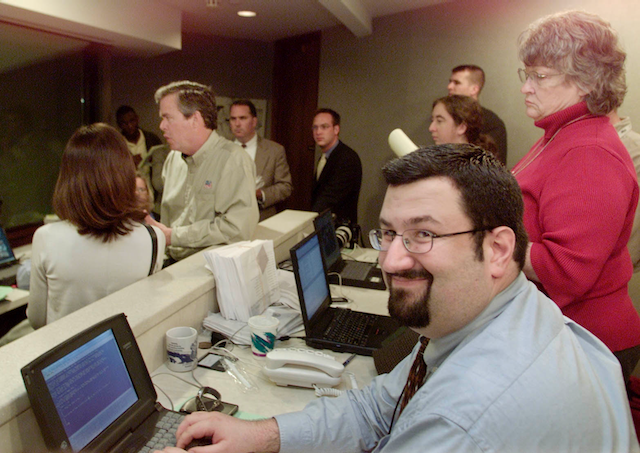
By not hiding, I could advocate for LGBTQ people in our newsroom and our coverage. Not only was I the first person from our paper to attend an NLGJA conference, but the paper paid for it, and my presentation to the reporters and editors after was well-attended and well-received.
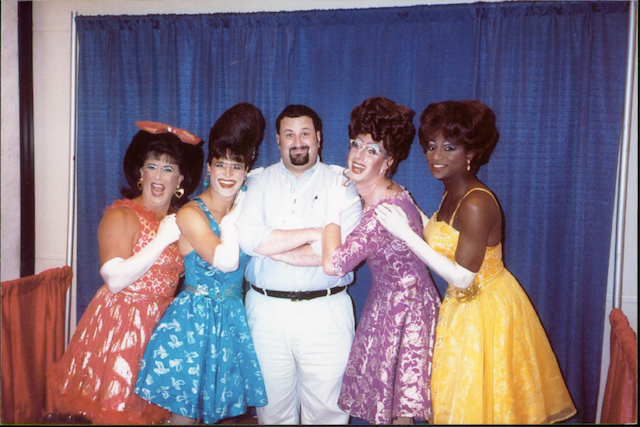
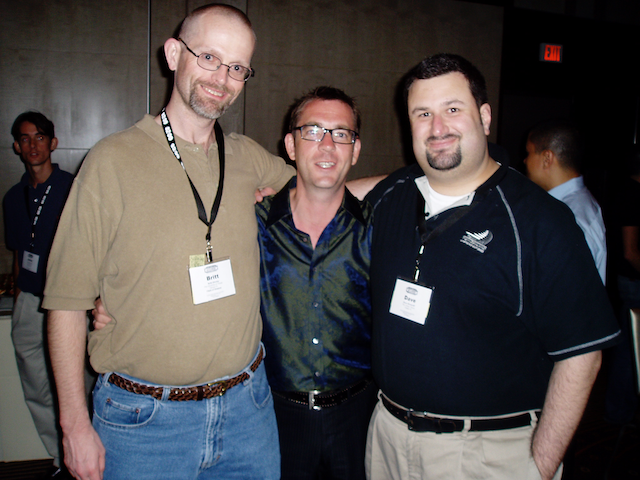
But even though the newsroom became more accepting, the rest of the company did not. Every year, we employees shuffled into a big meeting room to learn about our benefits. I raised my hand one year and asked about domestic partner benefits. I was shot down and told they would be too expensive.
The following year, I was prepared. I asked again about domestic partner benefits and got the same response. I then pulled out reports showing that the costs were negligible, based on years of research. I also listed our competitors with domestic partner benefits, cited reports about how the benefits helped recruit and retain talented employees, and shared the Human Rights Campaign’s Corporate Equality Index. They were caught off guard but, alas, didn’t budge.
Every year, I pushed more forcefully. Every year, they dismissed me. But I never gave up.
A Mixed Bag
Since leaving journalism, I’ve worked for companies with various levels of support for LGBTQ employees. Without naming names, here are some examples:
- The good: At one firm, my team threw a wedding shower for my husband and me. One of our gifts was a pair of Ken dolls. (They are stashed away in a closet, and the irony of that is not lost on me.) The firm also had a well-organized LGBTQ employee resource group, and sent me to attend the Out & Equal conference one year.
- The bad: One company regularly treated the staff to free lunches. Frequently, they were catered by Chick-fil-A.
- The ugly: At one company, leadership celebrated Pride Month despite having no protection for LGBTQ employees. When I saw the head of HR wearing a T-shirt saying “ally” in an all-hands meeting, I spoke with him afterward and called him out on his hypocrisy. He committed to updating the policies, but I left before any changes were made. In addition, the company participated in the Salvation Army’s Angel Tree program each year. I had to point out to the HR director that the Salvation Army has a long and well–known history of anti-LGBTQ bigotry.
The Payoff: A Workplace Where I’m Valued and Validated
My career path took me to my current employer last year. This is the first place I’ve felt that equity and inclusion are written into the organization’s DNA — it’s an organic part of our culture, not an afterthought or marketing ploy. A lot of the credit goes to the CEO, Felipe.
This is the first time I’ve worked for a gay boss. In one way, it’s just like working for a straight boss. In another way, it’s validating, affirming, and inspiring. He’s younger than me, and I’d like to think that, in some minuscule way, my coming out at work all those years ago paved the way for him.
And not just for him. For lots of professionals.
I often reflect on what Sir Ian McKellen told an interviewer 30 years after he came out: “I’ve never met a gay person who regretted coming out – including myself. Life at last begins to make sense, when you are open and honest.”
Can I get an amen up in here?
